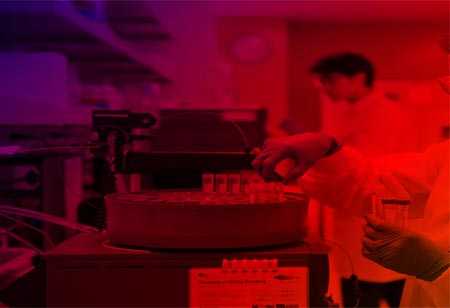The ability to predict catalyst behavior accurately allows for the development of optimized reaction conditions.
FREMONT, CA: The design of catalysts leveraging AI presents an innovative solution that accelerates the discovery process and enhances the efficiency and sustainability of chemical reactions. The chemical industry has long been at the forefront of technological advancement, with catalysts playing a pivotal role in numerous chemical processes. Catalyst development has been time-consuming and resource-intensive, often relying on trial-and-error methods. The landscape of catalyst design is undergoing a revolutionary change due to artificial intelligence (AI). It expedites experimentation and reduces the need for extensive laboratory work, leading to substantial time and cost savings.
The catalyst design process has been accelerated by artificial intelligence, particularly machine learning. AI algorithms can accurately predict potential catalyst candidates by analyzing massive data sets and discovering intricate relationships between catalyst composition, structure, and performance. AI algorithms can process complex datasets encompassing multiple variables, such as reaction kinetics, electronic properties, and surface structures. The holistic approach enables researchers to identify catalysts that may have been overlooked using conventional systems, thereby expanding the possibilities for catalytic reactions.
The chemical industry faces increasing pressure to adopt more sustainable practices. AI-driven catalyst design aligns with these goals by enabling the identification of catalysts that promote greener processes. By optimizing reaction pathways and reducing unwanted byproducts, these catalysts contribute to higher selectivity and yield, minimizing waste and resource consumption. AI technology assists in achieving economic and environmental sustainability in the chemical industry. AI-driven catalyst design can lead to enhanced process efficiency. It includes operating at lower temperatures and pressures, which not only reduces energy consumption but also extends the lifespan of the catalysts.
While AI-driven catalyst design presents immense potential, it also comes with challenges. One such challenge is the quality and quantity of data required to train AI models effectively. Access to reliable and comprehensive datasets is crucial for building accurate predictive models. Collaboration between researchers, industry partners, and data providers becomes paramount in overcoming this hurdle. Such efficiency gains can significantly impact the bottom line for chemical manufacturers, making their operations more competitive and economically viable. The integration of AI into established research workflows requires a shift in mindset. Researchers must adapt to new methodologies and embrace interdisciplinary approaches, combining their domain expertise with AI capabilities.
The transition facilitates smoother collaboration between chemists and data scientists and fosters innovation at the intersection of chemistry and AI. AI-driven catalyst design propels the industry towards a future where efficiency, cost-effectiveness, and environmental consciousness are seamlessly integrated. As researchers and industry stakeholders continue to harness the power of AI, the chemical industry is poised to achieve unprecedented advancements that will redefine its landscape for years to come.

